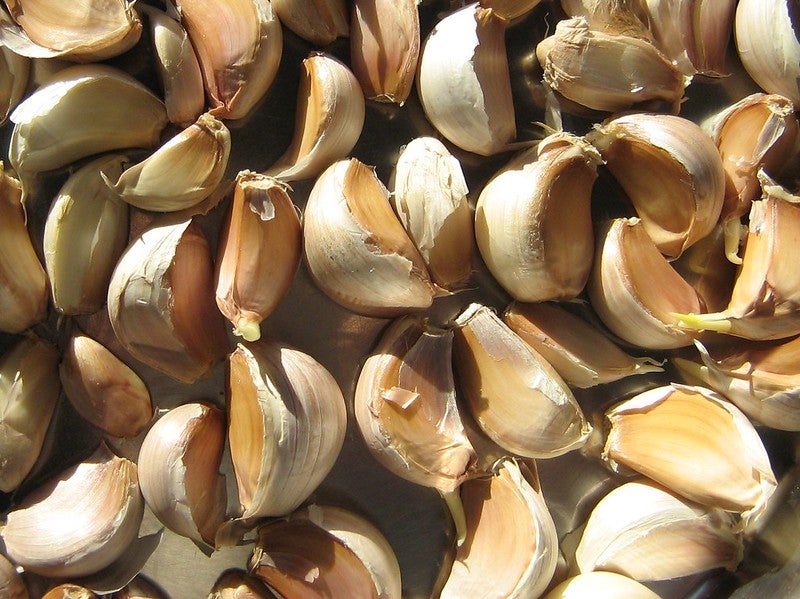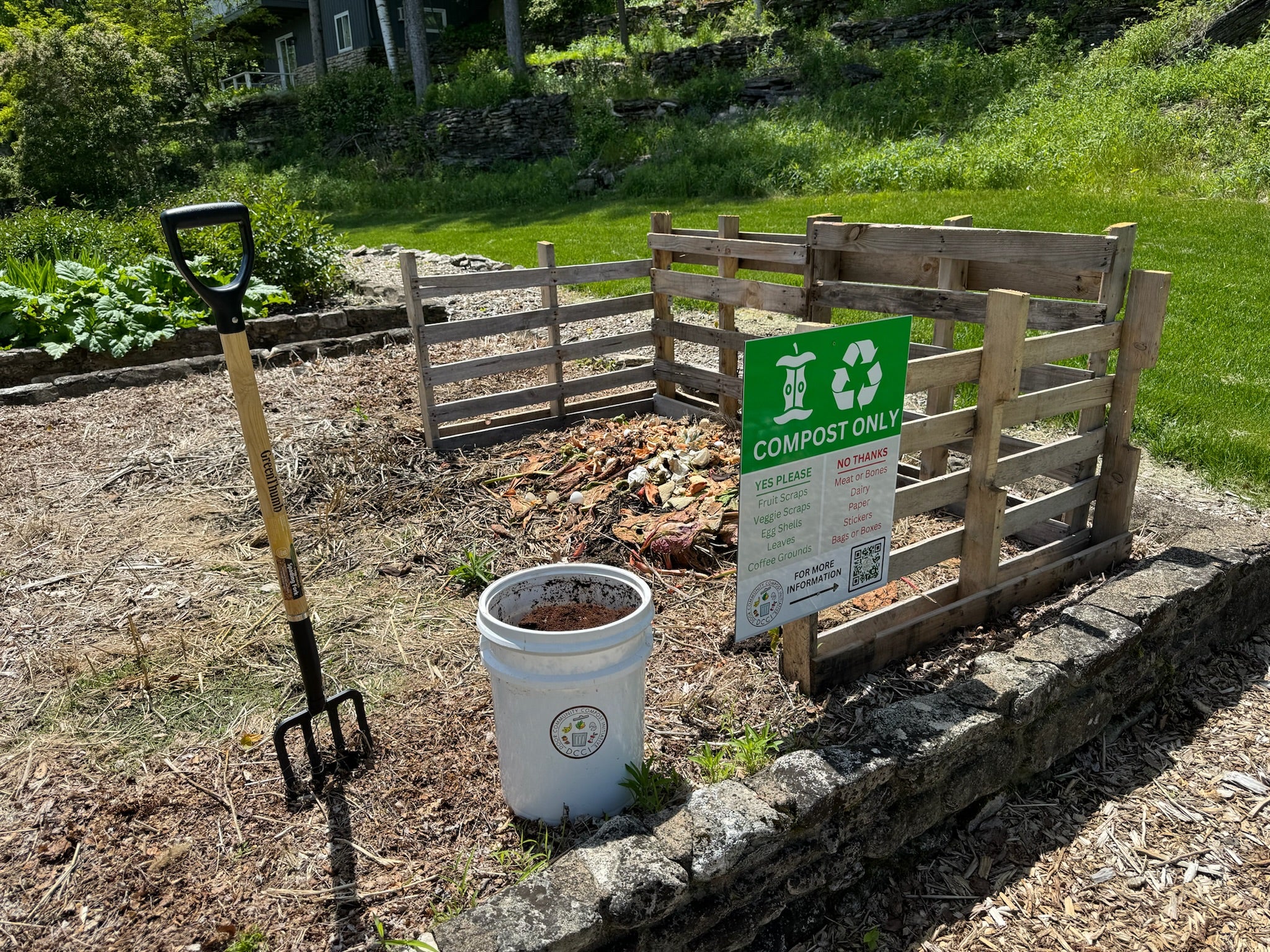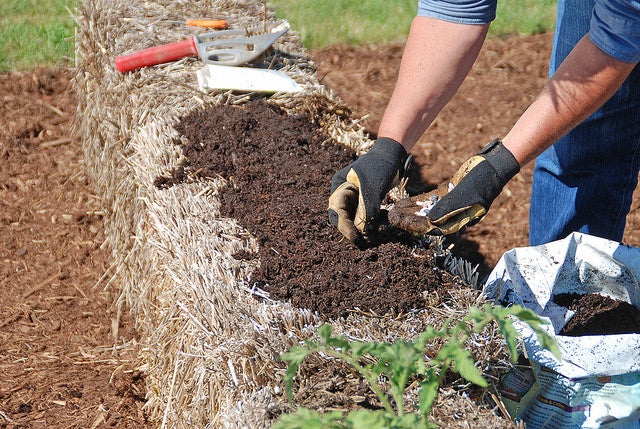Worm composting is a great way to use up kitchen scraps, and the result is a great addition to your garden. Larry Meiller learns how to set up a worm composting bin.
Featured in this Show
-
Worms In The Basement? Why Not!
The average person throws out a lot in the course of an average day. And if there are vegetable peeling, coffee grounds, egg shells, or even paper towels and Kleenex, it’s a missed opportunity to do worm composting.
Roger Reynolds, an innovative garden educator who owns a consulting firm, Infiltrating Landscapes, said he focuses on sustainable and low-maintenance gardens. Reynolds is a big advocate of vermiculture, or worm composting.
“Whenever kitchen scraps go to the landfill, they are out of the life cycle forever,” he said. “You can compost in your house or apartment with worms and have no smell, no fruit flies and some of nature’s best fertilizer for your plants, garden or to give to friends or sell it.”
Reynolds does it on a fairly large scale.
“At max production, I was harvesting about 100 gallons of worm poo annually from bins in our basement,” he said. “No one entering our house, knew there was a production composting crew down there.”
A smaller set-up if worthwhile as well, and takes less investment of time, space and materials.
Reynolds said that the “black gold” that is produced is hard to beat.
“The finest compost made is by earthworms. Their castings contain five times the nitrate, seven times the available phosphorus, 11 times the potassium, three times the exchangeable magnesium and one and a half times the calcium that occurs in the top 6 inches of uneaten soil,” he explained.
On his website, Reynolds provides complete instructions for building and maintaining a worm compost bin.
Reynolds also offers these uses for the “black gold” that the worms produce:
Houseplants: Top-dress houseplants each month, with a 1 to 2 tablespoons in a 4” pot, more for larger pots. When repotting, mix 10 to 20% in with the potting soil.
“Tea”: Mix a tablespoon of worm poo per quart of water. Let it set an hour, then water your houseplants. Let the remaining solids go right into the pot. Use this tea without the solids to water seedlings from the top, to help protect them from disease, all summer long. This will start a beneficial microorganism colony on the stem and leaves.
Seed Starting: Mix equal parts, worm poo, peat moss and vermiculite for a great soil-less seed starting mix. Or add some worm poo to your seed starting mix, up to 30% of the final mix can be worm poop.
The Wisconsin Department of Natural Resources offers instructions geared towards children for setting up a worm bin. The UW Extension also has a useful hand-out available for download with step-by-step instructions and many photos.
Episode Credits
- Larry Meiller Host
- Judith Siers-Poisson Producer
- Roger Reynolds Guest
Wisconsin Public Radio, © Copyright 2025, Board of Regents of the University of Wisconsin System and Wisconsin Educational Communications Board.



